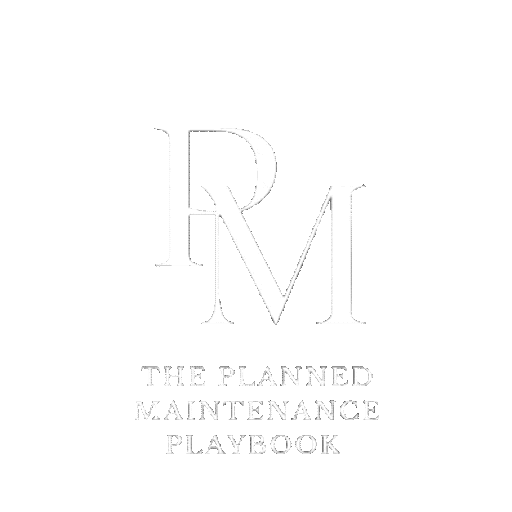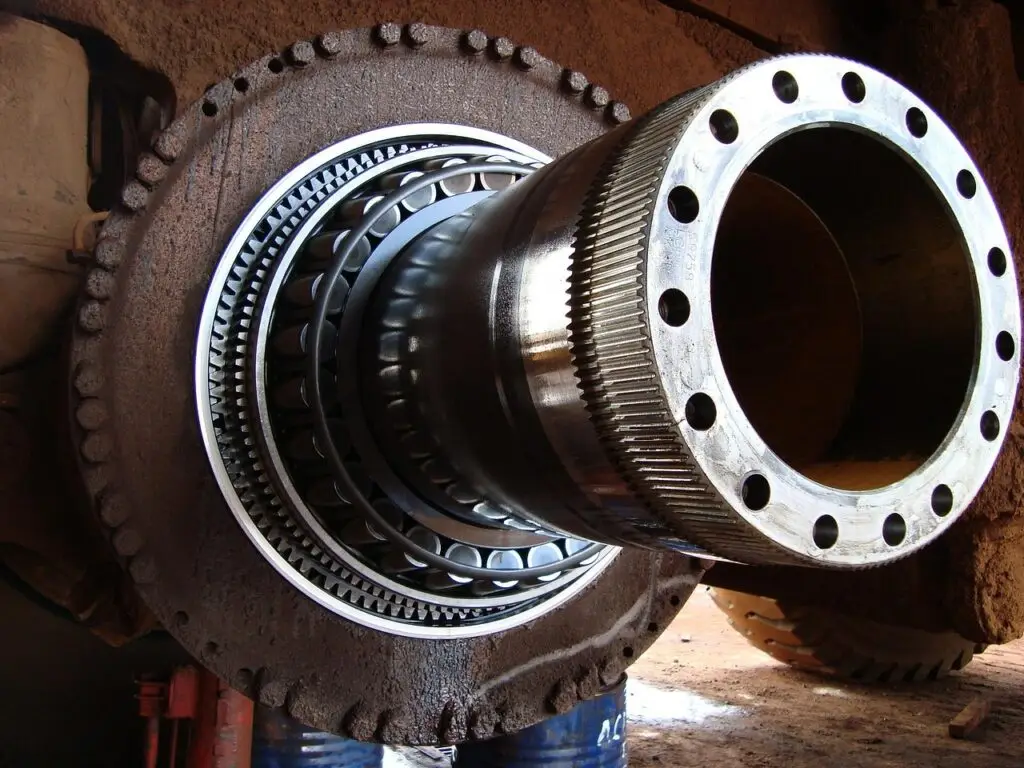“You don’t rise to the level of your goals. You fall to the level of your systems.” – James Clear.
Effective maintenance planning and scheduling have always been a balancing act in asset-intensive industries. However, the traditional playbook is no longer enough in today’s volatile, digitally driven, and often chaotic environment. Maintenance planners are being challenged not only by ageing infrastructure and reactive work orders, but also by shifting global conditions, unpredictable failures, and information overload.
Strategic thinkers have historically relied on the VUCA framework—Volatility, Uncertainty, Complexity, and Ambiguity to make sense of this environment. But as digital transformation accelerates and systems become more fragile and complex to interpret, a new model is gaining ground: BANI—Brittle, Anxious, Non-linear, and Incomprehensible.
In this post, we’ll explore what these two frameworks mean for maintenance planning and scheduling and how adopting the right mental model can help maintenance teams stay resilient, proactive, and adaptive in the face of complexity.
What Is VUCA in Maintenance Planning?
Originating in military strategy, VUCA has become a way to describe the unpredictable and fast-moving nature of modern business environments. For maintenance planners, VUCA manifests in the following ways:
| Volatility | Equipment failures or spare part shortages arise with little warning, and Schedules need frequent adjustments. |
| Uncertainty | Forecasting gets complicated due to unreliable failure data or unknown asset conditions. |
| Complexity | Maintenance planning involves interdependent systems, regulatory compliance, vendor coordination, and shifting priorities. |
| Ambiguity | Maintenance decisions are often made with imperfect information in the form of incomplete, unclear, or even misleading Data. |
What Is BANI — And Why Does It Matter?
While VUCA helps describe broad challenges, it doesn’t fully capture the emotional and cognitive stressors maintenance planners face in increasingly digital, fragile systems. On the other hand, BANI:
| Brittle | Systems appear strong but collapse under stress. |
| Anxious | With constant alerts, alarms, and KPI pressures, planners feel overwhelmed and prone to reactive decision-making. |
| Non-linear | Minor failures trigger cascading disruptions. |
| Incomprehensible | Advanced analytics and AI models produce outcomes that are difficult to explain, let alone act upon confidently. |
VUCA vs BANI: A Strategic Lens for Planners
In practical terms:
VUCA-thinking helps when systems are complex but relatively stable, and BANI-thinking helps when systems are fragile, dynamic, and tech-heavy.
The comparison:
| Framework | Focus | Strength | Risk | Planning Strategy |
| VUCA | Situational uncertainty | Structural adaptability | Over-simplification | Scenario planning, standardisation |
| BANI | Emotional & systemic fragility | Resilience & agility | Panic or decision paralysis | Redundancy, mental model flexibility |
Practical Maintenance Strategies
for VUCA and BANI Worlds
To operate effectively in either framework, consider integrating the following into your maintenance playbook:
| Build Flexibility into Schedules | Leverage AI — But Maintain Human Oversight | Adopt Digital Twins for Complex Systems | Train Teams for Complexity and Uncertainty | Develop a “Fail-Safe” Culture |
| Use dynamic scheduling tools that adapt based on asset health, availability, or real-time usage data. | Use predictive models to flag potential failures but validate them through technician input and historical context. | Digital twins help model failure scenarios and optimise maintenance interventions across interconnected systems. | Encourage multidisciplinary learning and situational decision-making. Move beyond rigid workflows. | Brittle systems fail silently. Build maintenance programs that favour early warnings, tolerances, and buffer capacity. |
Conclusion:
Know Your Environment, Evolve Your Mindset
Maintenance planning isn’t just about timelines and tasks; it’s about navigating uncertainty to protect reliability, uptime, and safety. Whether dealing with VUCA volatility or BANI brittleness, understanding your operating environment helps you choose the right planning tools, technologies, and mindset.
Maintenance leaders can build systems that survive and thrive in uncertainty by embracing flexible, intelligent, and human-centred strategies.



